-
 Bitcoin
Bitcoin $95,345.3535
-0.87% -
 Ethereum
Ethereum $2,672.7995
-1.13% -
 XRP
XRP $2.5254
-4.76% -
 Tether USDt
Tether USDt $0.9995
-0.04% -
 BNB
BNB $649.2757
-1.91% -
 Solana
Solana $165.0772
-6.70% -
 USDC
USDC $1.0000
0.01% -
 Dogecoin
Dogecoin $0.2506
-2.38% -
 Cardano
Cardano $0.7423
-8.27% -
 TRON
TRON $0.2423
0.82% -
 Chainlink
Chainlink $17.5975
-6.10% -
 Stellar
Stellar $0.3253
-2.26% -
 Litecoin
Litecoin $131.3648
5.51% -
 Avalanche
Avalanche $23.2105
-5.70% -
 Sui
Sui $3.0339
-4.36% -
 Toncoin
Toncoin $3.6529
-2.43% -
 UNUS SED LEO
UNUS SED LEO $9.8074
0.20% -
 Shiba Inu
Shiba Inu $0.0...01511
-3.01% -
 Hedera
Hedera $0.2053
-3.21% -
 Hyperliquid
Hyperliquid $23.4424
-8.19% -
 MANTRA
MANTRA $7.5527
3.93% -
 Polkadot
Polkadot $4.7321
-3.04% -
 Bitcoin Cash
Bitcoin Cash $312.4892
-3.16% -
 Ethena USDe
Ethena USDe $0.9988
-0.03% -
 Bitget Token
Bitget Token $4.9041
-3.82% -
 Uniswap
Uniswap $9.4394
-3.68% -
 Dai
Dai $1.0000
-0.02% -
 Monero
Monero $233.5457
-1.47% -
 Pepe
Pepe $0.0...09188
-6.16% -
 Aave
Aave $248.6702
-3.62%
How do blockchain miners get rewards?
By validating transactions, securing the network, and solving complex puzzles, blockchain miners earn cryptocurrency rewards, contributing to the stability and decentralization of the network.
Feb 15, 2025 at 11:00 am
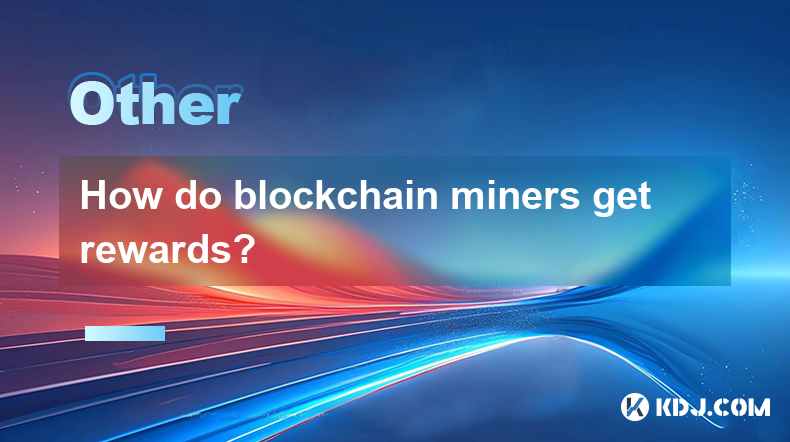
Key Points:
- Blockchain miners validate transactions and secure the network, receiving rewards in the form of cryptocurrency.
- The amount of rewards may vary depending on the specific blockchain network and its consensus mechanism.
- Mining difficulty can fluctuate with network activity, requiring specialized equipment and energy-intensive processes.
- Miners participate in the consensus process by solving complex mathematical puzzles or reaching a consensus on the state of the network.
- Rewards may be distributed through automated systems based on mining contributions or through manually triggered block rewards.
How Do Blockchain Miners Get Rewards?
1. Validate Transactions:
Miners play a crucial role in verifying and aggregating transactions into blocks. This ensures the immutability and security of the blockchain network. By verifying transactions, miners ensure that they are genuine, have not been tampered with, and adhere to the network's rules.
2. Secure the Network:
Mining contributes to the overall security of the blockchain by protecting against double-spending and other malicious activities. Miners compete to solve complex mathematical puzzles or reach a consensus on the state of the blockchain, ensuring the validity of transactions and preventing unauthorized alterations.
3. Receive Block Rewards:
Upon successfully validating a block of transactions, miners receive a predefined amount of cryptocurrency as a reward. These block rewards incentivize miners to participate in the network and maintain its security, promoting decentralized operations and preventing centralization.
4. Difficulty Adjustments:
To maintain a consistent block production rate, blockchain networks may adjust mining difficulty levels based on network activity. Increased network activity may lead to higher difficulty levels, requiring more computational power and energy from miners.
5. Mining Pools:
Individual miners can participate in mining pools, where they combine their computational resources to increase their chances of finding a block and earning rewards. Pool members share the rewards proportionally based on their contributions.
6. Automated Distribution:
Many blockchain networks employ automated systems to distribute block rewards to miners based on their contributions to the consensus process. These systems continuously monitor network activity and ensure fair and timely distribution of rewards.
7. Manual Block Rewards:
In some cases, block rewards may be manually triggered by network developers or governing bodies. This approach provides more flexibility in managing rewards and incentivizing specific mining activities.
FAQs:
Q: What factors affect the amount of rewards miners receive?
A: The specific blockchain network, its consensus mechanism, and market demand for the cryptocurrency influence the amount of rewards miners receive.
Q: What does mining difficulty represent?
A: Mining difficulty reflects the computational power required to solve the mathematical puzzles necessary for block validation. Higher difficulty increases the energy consumption and time needed for mining.
Q: Why do blockchain networks adjust mining difficulty?
A: Difficulty adjustments ensure consistent block production times and prevent centralization by making it challenging for individual miners or pools to dominate the network.
Disclaimer:info@kdj.com
The information provided is not trading advice. kdj.com does not assume any responsibility for any investments made based on the information provided in this article. Cryptocurrencies are highly volatile and it is highly recommended that you invest with caution after thorough research!
If you believe that the content used on this website infringes your copyright, please contact us immediately (info@kdj.com) and we will delete it promptly.
- The Royal Mint has revealed the top 10 rarest 50p coins currently in circulation and all of them are up for grabs in Norfolk
- 2025-02-19 12:41:32
- The 3 Most Bullish Crypto ICOs to Watch in 2025
- 2025-02-19 12:36:40
- OpenSea Announces SEA Token Launch, Signaling an Ambitious Transformation for the NFT Market
- 2025-02-19 12:15:20
- Compositions in Code: The Art of Processing and p5.js
- 2025-02-19 12:01:39
- Grayscale Launches Pyth Trust to Track the PYTH Token of the Solana (SOL) Ecosystem
- 2025-02-19 12:01:39
- Meme Coins & ICOs: Born from Market Flaws?
- 2025-02-19 12:01:39
Related knowledge
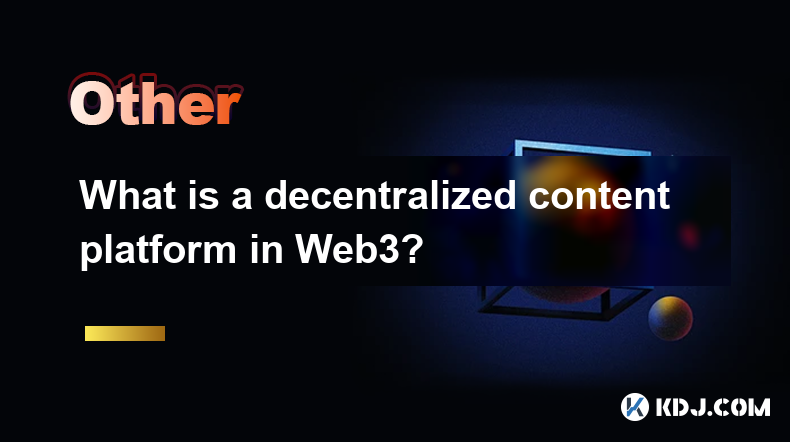
What is a decentralized content platform in Web3?
Feb 16,2025 at 05:13pm
Understanding Decentralized Content PlatformsKey Points:Decentralized content platforms shift content ownership and moderation away from centralized entities towards the community.Blockchain technology provides a transparent and immutable ledger for storing content and ownership records.Uncensorable content enables users to publish and access content wi...
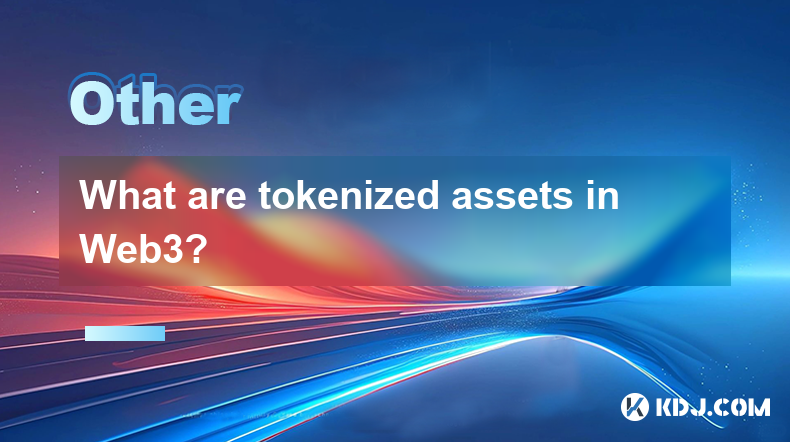
What are tokenized assets in Web3?
Feb 17,2025 at 11:36am
Key PointsIntroduction to tokenized assets in Web3Tokenization process and benefitsApplications and use cases of tokenized assetsTypes of tokenized assetsThe rise of tokenization in Web3Challenges and limitations of tokenizationFAQs about tokenized assetsWhat are Tokenized Assets in Web3?In the realm of Web3, tokenization has emerged as a transformative...
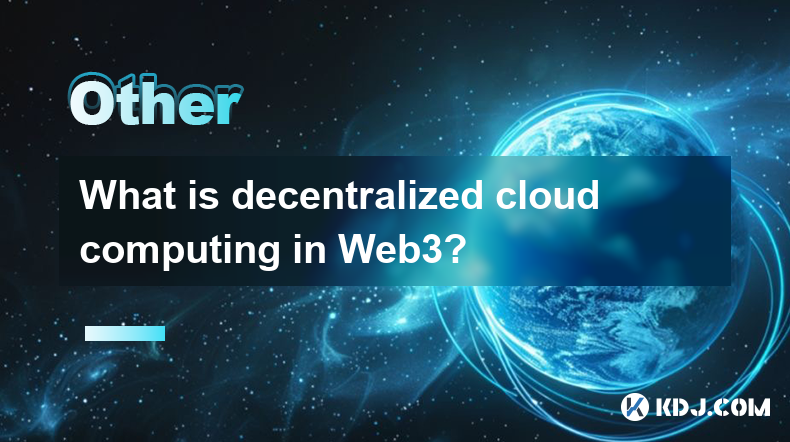
What is decentralized cloud computing in Web3?
Feb 16,2025 at 06:42am
Key Points:Definition of Decentralized Cloud Computing: A distributed computing model where resources and services are provisioned by a network of decentralized nodes rather than a centralized entity.Benefits of Decentralized Cloud Computing: Enhanced scalability, reliability, security, and cost-effectiveness.Use Cases for Decentralized Cloud Computing:...
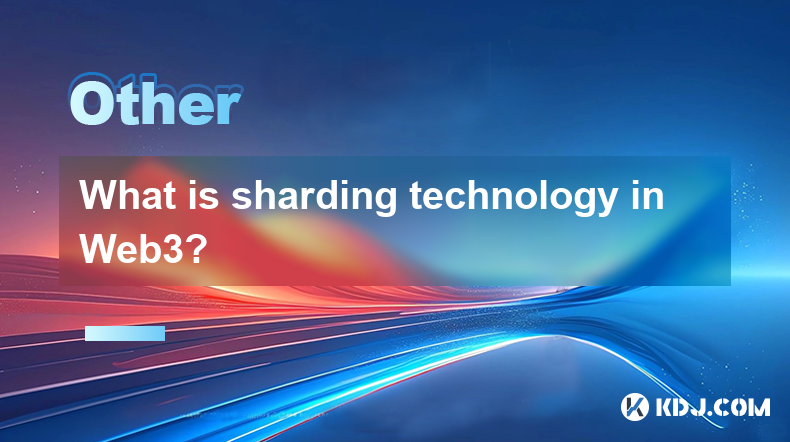
What is sharding technology in Web3?
Feb 19,2025 at 03:36am
Key Points of Sharding Technology in Web3Definition of Sharding TechnologyBenefits of Sharding TechnologyChallenges of Implementing Sharding TechnologyCurrent Applications of Sharding TechnologyFuture Applications of Sharding TechnologyWhat is Sharding Technology in Web3?Sharding technology is a data partitioning technique used in distributed computing ...
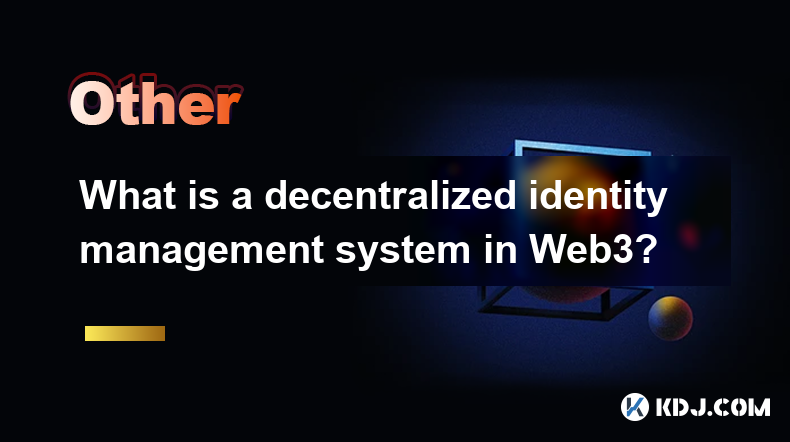
What is a decentralized identity management system in Web3?
Feb 17,2025 at 11:24pm
Key PointsDefinition and Overview of Decentralized Identity Management in Web3Benefits of Decentralized Identity Management in Web3Challenges and Limitations of Decentralized Identity Management in Web3Current State of Development and Adoption of Decentralized Identity Management in Web3Future Prospects and Trends for Decentralized Identity Management i...

What is liquidity mining in Web3?
Feb 17,2025 at 04:24am
Key Points:Liquidity mining is an incentive mechanism that rewards users for providing liquidity to decentralized exchanges (DEXes).Liquidity providers (LPs) deposit their crypto assets into a liquidity pool, which allows traders to swap tokens with reduced slippage.LPs receive rewards in the form of native tokens or fees from trading activity.Liquidity...

What is a decentralized content platform in Web3?
Feb 16,2025 at 05:13pm
Understanding Decentralized Content PlatformsKey Points:Decentralized content platforms shift content ownership and moderation away from centralized entities towards the community.Blockchain technology provides a transparent and immutable ledger for storing content and ownership records.Uncensorable content enables users to publish and access content wi...

What are tokenized assets in Web3?
Feb 17,2025 at 11:36am
Key PointsIntroduction to tokenized assets in Web3Tokenization process and benefitsApplications and use cases of tokenized assetsTypes of tokenized assetsThe rise of tokenization in Web3Challenges and limitations of tokenizationFAQs about tokenized assetsWhat are Tokenized Assets in Web3?In the realm of Web3, tokenization has emerged as a transformative...

What is decentralized cloud computing in Web3?
Feb 16,2025 at 06:42am
Key Points:Definition of Decentralized Cloud Computing: A distributed computing model where resources and services are provisioned by a network of decentralized nodes rather than a centralized entity.Benefits of Decentralized Cloud Computing: Enhanced scalability, reliability, security, and cost-effectiveness.Use Cases for Decentralized Cloud Computing:...

What is sharding technology in Web3?
Feb 19,2025 at 03:36am
Key Points of Sharding Technology in Web3Definition of Sharding TechnologyBenefits of Sharding TechnologyChallenges of Implementing Sharding TechnologyCurrent Applications of Sharding TechnologyFuture Applications of Sharding TechnologyWhat is Sharding Technology in Web3?Sharding technology is a data partitioning technique used in distributed computing ...

What is a decentralized identity management system in Web3?
Feb 17,2025 at 11:24pm
Key PointsDefinition and Overview of Decentralized Identity Management in Web3Benefits of Decentralized Identity Management in Web3Challenges and Limitations of Decentralized Identity Management in Web3Current State of Development and Adoption of Decentralized Identity Management in Web3Future Prospects and Trends for Decentralized Identity Management i...

What is liquidity mining in Web3?
Feb 17,2025 at 04:24am
Key Points:Liquidity mining is an incentive mechanism that rewards users for providing liquidity to decentralized exchanges (DEXes).Liquidity providers (LPs) deposit their crypto assets into a liquidity pool, which allows traders to swap tokens with reduced slippage.LPs receive rewards in the form of native tokens or fees from trading activity.Liquidity...
See all articles
























































































